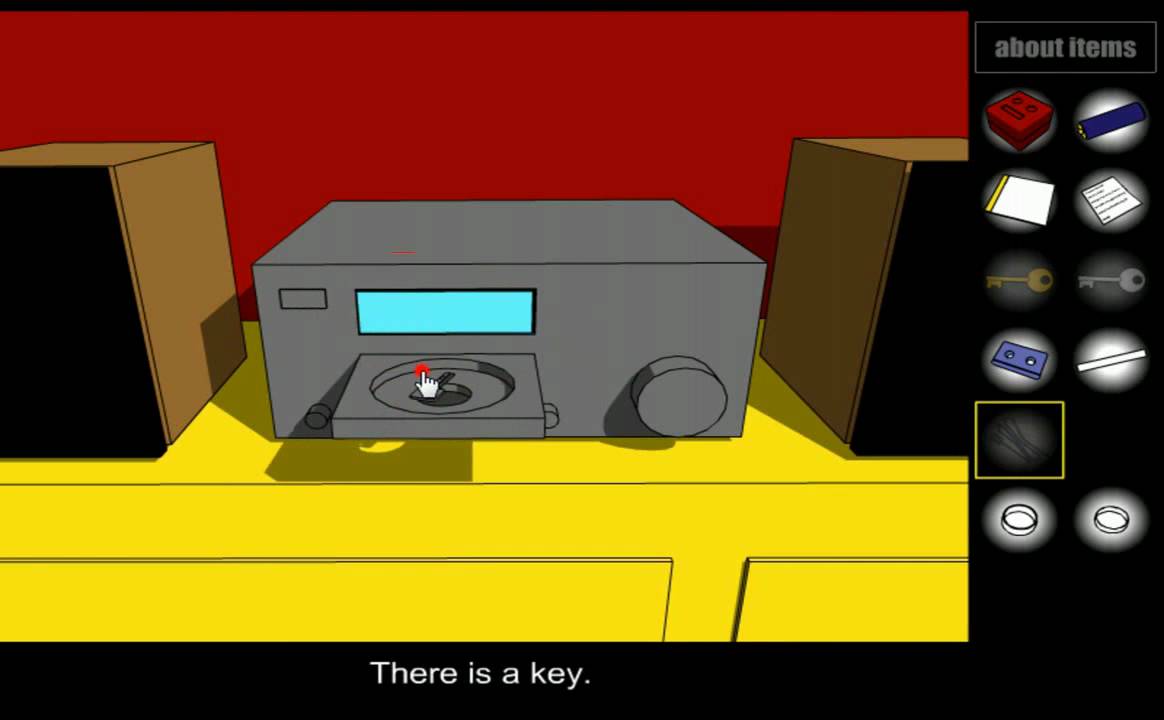written by Game Master Lena
When I came across an escape room for the first time on a city trip a few years ago, of course everyone before me noticed the emerging trend. “Huh, what are you doing there? Get locked in a room? And why should I spend so much money on it? ” Because back then I sounded a bit like my grandparents do today when I explain to them for the 20th time where exactly I work again now, I’ll try to summarize here briefly what an escape room is, where the idea comes from and why I’m addicted to it today.

The fascination of escape rooms still captivates me today.
It all started with Escape Room Video Games
Before it happened that a group of sweating people argued together in a room about number combinations, the whole thing first took place digitally and in single player mode. Due to various influences, such as scavenger hunts, ghost trains, board and role-playing games, computer games with an interactive puzzle character quickly found great popularity. These point-and-click adventure games, some of which later even appeared as apps, were based on the fact that players had to look around in a virtual room and look for clues in order to progress. One of the first games of its kind was “Crimson Room”. A flash game by Toshimitsu Takagi in which you had to escape from a room without remembering ever entering it. Sounds scary instead of fun at first when you think about it! With this very simple point-and-click concept, the first step towards modern live escape rooms was taken.

The beginning of the Live Escape Rooms: The game Crimson Room.
Made in Japan – or is it Hungary?
A few years later, Takao Kato opened the first “Real-Life” Escape Room under the name “Real Escape Game” by the Japanese SCRAP Company. This pioneer of team-based escape games was about solving logic or math puzzles, similar to video games. In 2011 the first Escape Rooms were also represented in Europe with “Parapark” in Budapest. However, the founder, Attila Gyurkovics, claimed not to have known anything about his colleagues in Japan. Parapark can be compared to the standard escape rooms as we know them, where teams look for keys and combinations for locks. Just one year after the opening in Hungary, the concept was also presented in the USA and a scene that is still enthusiastic to this day was founded there. Among the first was “Puzzle Break” by Nate Martin.
Escape rooms in German-speaking countries
Let’s get to that part of the story that I always thought was the birth of the Escape Rooms. In 2012, the Swiss physics teacher Gabriel Palacios invented a game for his students. They had to solve scientific puzzles in order to break out of a cellar. At least in my ears that doesn’t sound pedagogically correct at first, but the publicly met the painstakingly assembled Escape Room immediately and incredibly well. The Swiss media reported on the project and Palacios soon founded the company Adventure Rooms . Today the chain is represented in 15 countries worldwide!
How’s it going today?
The history of escape rooms is by no means over. There are always creative minds who come up with even more exciting, even more immersive, even longer and even more tricky games. There are also interesting features, such as the acting performances at Locks & Clocks.
Start your own story now and book your mission !





